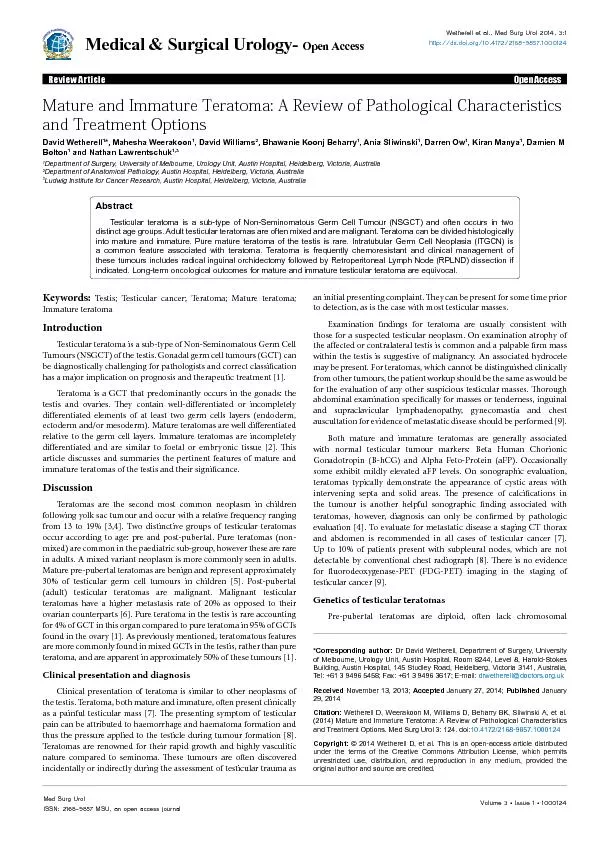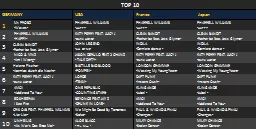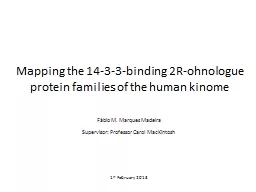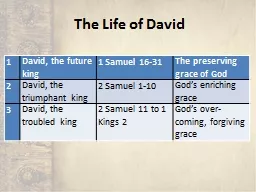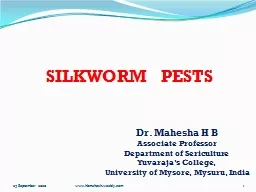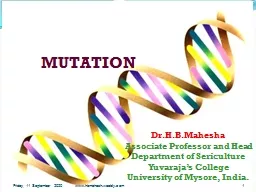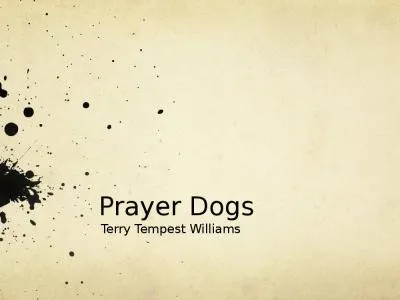PDF-David Wetherell*, Mahesha Weerakoon, David Williams, Ania SliwinskiDep
Author : stefany-barnette | Published Date : 2016-06-13
Corresponding author Dr David Wetherell Department of Surgery University of Melbourne Urology Unit Austin Hospital Room 8244 Level 8 HaroldStokes Building Austin
Presentation Embed Code
Download Presentation
Download Presentation The PPT/PDF document "David Wetherell*, Mahesha Weerakoon, Dav..." is the property of its rightful owner. Permission is granted to download and print the materials on this website for personal, non-commercial use only, and to display it on your personal computer provided you do not modify the materials and that you retain all copyright notices contained in the materials. By downloading content from our website, you accept the terms of this agreement.
David Wetherell*, Mahesha Weerakoon, David Williams, Ania SliwinskiDep: Transcript
Download Rules Of Document
"David Wetherell*, Mahesha Weerakoon, David Williams, Ania SliwinskiDep"The content belongs to its owner. You may download and print it for personal use, without modification, and keep all copyright notices. By downloading, you agree to these terms.
Related Documents

